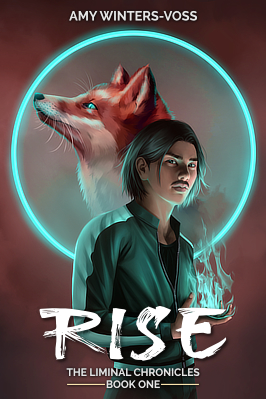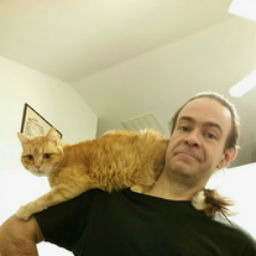Rice Harvest Festival to Inari
Nonogawa's biggest festival where the residents give thanks to Inari for the harvest, particularly the rice harvest.
New rice from the harvest isn't eaten until today. The town's sake brewery hosts the festival--giving out sake to passers by.
While much of urban Japan celebrates the rice harvest with Labor Thanksgiving Day on November 23, rural Nonogawa still holds to the old ways. It's a valley wide celebration, centered in the town the event is named after. Everyone has the day off.
takoyaki (breaded and fried bits of octopus)
yakitori (grilled chicken on a stick)
okonomiyaki (a savory vegetable and meat pancake)
chocolate bananas
grilled sweet potatoes
taiyaki (fish shaped pastries with warm fillings such as chocolate, custard, red bean paste, and cheese)--the local favorite filling is persimmon jelly
Local specialties include:
fresh persimmon and de-seeded grapes on a stick
kibi dango (mini sweetened millet flower dumplings)
curry cheese donuts
rice balls made from the harvest
Vendors will also call to you to play games of skill such as catching goldfish or bouncy balls with a little flat net scoop, ring toss, and shooting games. You may also be tempted to buy toys like yo-yo water balloons and masks.
After the winner is pronounced, there's a mad dash to the river in hopes to see Inari talking with the river god. The first one to the marker at the river bank is said to have the best harvest and fortune of the year.
A man in a tanuki costume has mysteriously appeared at the festival each year for the past fifty years. No one seems to know why he's there. But he's welcomed as a regular.
Street Food and Entertainment
The main street is lined with booths where you can buy food. You'll see the festival favorites in Japan, such as:Floats
All the towns of the valley bring their cart floats and parade them through the historic section of Nonogawa several times. People from each area wear matching happi coats with the name of their town written on the placket of the garment. During the day, children ride the cart floats and pound out a fast paced beat on taiko drums. Many people wear kitsune masks. Carrying the golden mikoshi to Inari is a special honor. Men from the valley who are able volunteer to help with the burden of the heavy shrine. It takes about 20 strong bodies to carry the mikoshi. The special float makes it's way down the hill from the main shrine in town through the city leading the other floats. Then after dark, it leads the way up the hill to the shrine again.Taiko Contest
There the real fun begins with a taiko drumming contest and a large bonfire is lit in the black gravel courtyard. And ensuring the first batch of the season's sake is consumed is vitally important.Taiko Drummers by Chris 73 / Wikimedia Commons
History
Tradition says the matsuri started the harvest season after the great winter flood of 1657, when Inari and Shoin the river god had an argument. The good harvest signaled that they had reconciled.
Festival References
Japan Visitor October FestivalsHarvest Festivals
Experiencing the Katsuyama Fighting Float Festival (before it got wild at night)
Work in Progress
This article will be expanded in the future.
Stub
This article will be expanded in the future.
Definition
This article stub serves as a simple definition.
Primary Related Location
























Creator of Araea, Megacorpolis, and many others.